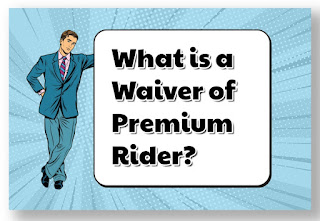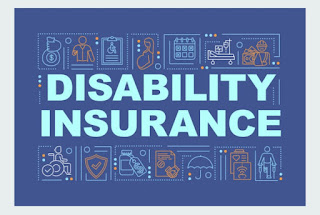Waiver of Premium Rider

A waiver of premium rider is an insurance policy clause that waives premium payments if the policyholder becomes critically ill, seriously injured, or physically impaired. Other stipulations may apply, such as meeting specific health and age requirements. This clause is typically used with permanent life insurance policies. Most commonly, waiver of premium occurs or is applicable at the point of a disability, but not the death of the policy holder. The question is a waiver of premium rider worth it? One in four people become disabled throughout their careers, making buying additional disability coverage an important precaution. But, most people are better off buying a disability insurance policy instead of adding a waiver of premium rider to a life insurance policy. As long as benefits are being paid out, no further disability premium payments are required from individuals who become disabled and qualify for benefits. The waiver of premium is typically issued after the insured h



















